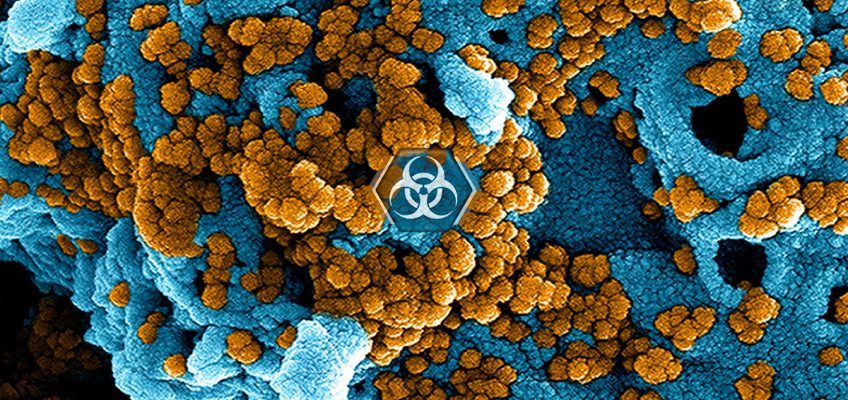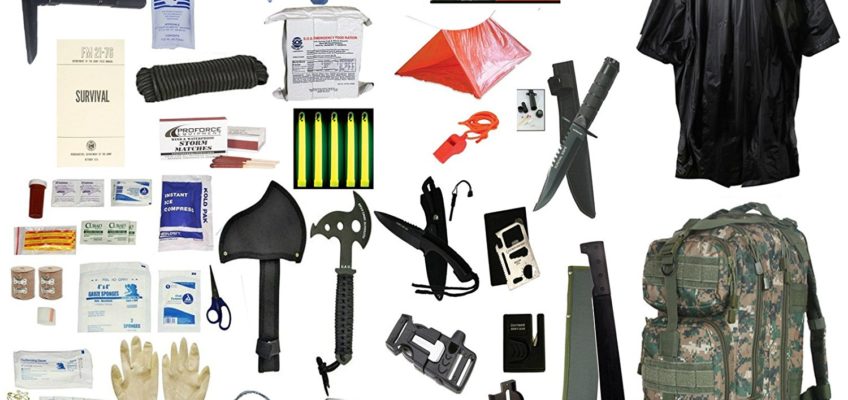5 Ways to Prepare for a Pandemic
The 2019 Novel Coronavirus is being closely monitored by the CDC, which on January 30, 2020 was declared a “public health emergency of international concern” by the International Health Regulations Emergency Committee of the World Health Organization. With the number of deaths and those infected increasing the Coronavirus is looking more and more like a pandemic.
During the 2009 H1N1 influenza pandemic, which was classified as mild, the CDC estimated 60.8 million people in the U.S. got sick – about 20 percent of the population. Almost 2,000 schools in 46 states closed, as did child care centers. This meant parents had to stay home to take care of children whether the kids were sick or not. A Harvard Opinion Research Program poll surveyed families whose children’s schools closed and found 20 percent had at least one adult miss work because of the closure.
1. Make sure you have savings, so you can take unpaid sick leave or even job loss if you have to take care of your family. In another Harvard Opinion Research Program poll, only 35 percent of businesses surveyed allowed paid leave for workers to care for sick family members, and only 21 percent allowed paid time off to care for children if schools and day care centers closed.
Some businesses will take a hit even in a mild pandemic. A quarter of people surveyed about the 2009 pandemic said they avoided gathering places like public transportation, malls, and events like sports or concerts.
2. Have a two-week supply of food and water, suggests Ready.gov.
One of the first steps the CDC tells infected communities take is to voluntarily quarantine families with sick family members. How will you feed your family if you can’t get out to get food? How will you keep family members occupied? Even if you’re not quarantined, honestly, will you want to go into gathering places like stores during a pandemic?
Also, have food that you’ll want to eat when you’re ill. I’ve made far too many store runs when I’ve been sick to pick up electrolyte drinks, saltine crackers, and cans of chicken noodle soup. All those items store well.
3. Keep cleaning supplies, tissues, and masks around.
To prevent or reduce the spread of pandemic illness, the CDC suggests you sanitize everything – desk and counter tops, door knobs, and devices. Sanitize your hands before and after you eat and care for others. And, for pity’s sake, wash your hands after you use the bathroom.
That means you should plan for a shortage of hand sanitizer and cleaning supplies. Fifty-nine percent of people surveyed after the 2009 pandemic said they washed their hands more frequently than usual.
4. Have a two-week supply of prescription and nonprescription medication. Seasonal flu strikes every year, so knowing what to have on hand for an influenza pandemic is easy: pain relievers, cold medicine, stomach medicine, vitamins, and electrolyte-laced drinks.
Side effects of the 2009 influenza pandemic included pneumonia and bronchitis. About 60 percent of children and 80 percent of adults hospitalized because of H1N1 had an underlying health problem like diabetes, obesity, or heart, respiratory, or neurological disease, according to the CDC.
If you have an underlying condition like asthma it’s especially important for you to keep extra prescription medication available, if your insurance will allow it.
5. Finally, Ready,gov says know your health history. It can help if you can’t go to your regular health care provider, which is more likely in a pandemic. It can also tell you which illnesses you might be more susceptible to.
A global 1918 influenza pandemic (also caused by H1N1) infected a third of the world’s population and killed 40 million people. One hundred years later, scientists don’t understand what made it so deadly, especially to young, healthy adults who should have been the least affected population. One genealogist suggested a possible idea in Smithsonian magazine. While researching the life of a young soldier who died during that pandemic, she learned he might have been exposed to a different type of influenza that could have made him more susceptible to H1N1.
By Melissa Rivera of Be Prepared





